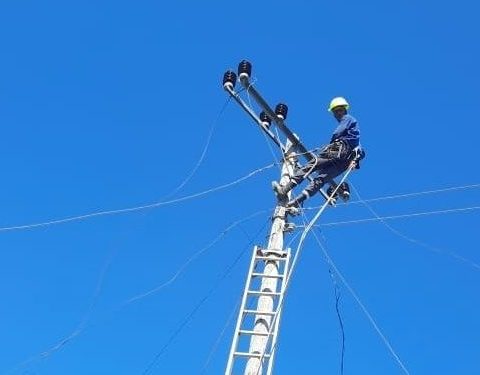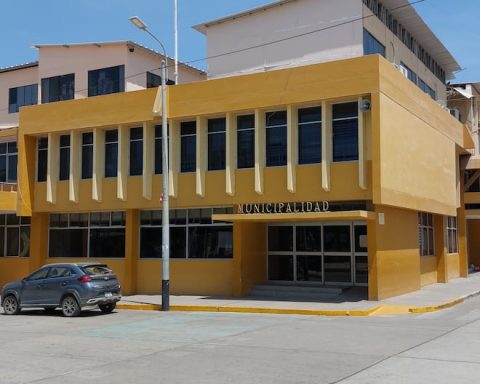The Department of Epidemiology of the Ministry of Health (Minsa) confirmed this Tuesday the fourth case of monkeypox or monkeypox in the national territory.
The report revealed that it is a 25-year-old male patient, a foreigner residing in Panama who had contact on July 26, outside the country, with a person who tested positive for Monkeypox.
The patient began the picture on August 12 with fever, the next day multiple vesicular lesions appear in his anatomy.
He goes to the Parque Lefevre Polycenter on Monday, August 15, where he is evaluated and samples are taken that are sent to the Gorgas Commemorative Institute, where he tests positive for Monkeypox.
He is in home isolation, since his physical condition is good and his home has the conditions required for effective isolation, which will be supervised by health personnel.
The health authorities reiterate the call to the population not to be alarmed and to remain calm, since the Ministry of Health remains vigilant and there are prevention, control and protocol measures to deal with cases.
Once this new case was detected, the Minsa redoubled the response teams and began the traceability of the case, the investigation of the possible close contacts of the case and establishes the necessary prevention and control measures to contain the spread of the virus, while the patient has been subjected to the protocols and treatments established for the management of these cases.
Since last May 24, Panama declared a health alert throughout the country and epidemiological surveillance was redoubled in all health regions and all entry points into the national territory.
A National Plan for the Surveillance, Prevention, Control and care of monkeypox was developed, which was disclosed to all health facilities, which must prepare for the comprehensive approach to these patients, for which they must have areas of adequate isolation if a patient is required to be hospitalized according to established protocols.
Monkeypox is a virus that is spread from person to person by direct contact with skin lesions of an infected person, contact with infected secretions from the respiratory tract, or with objects, fabrics (clothes, bedding, or towels), and surfaces that have been used by a sick person. Among its symptoms are fever, headache, swollen glands, lumbar pain, muscle pain and lack of energy. The symptoms of this disease can last from 5 to 21 days.
Worldwide, the data reported by the World Health Organization (WHO) indicate that the majority of cases are men, 93% of cases are between 25 and 45 years old, one of the main routes of transmission being close contact during sexual relations, so it is recommended to practice safe sex and avoid having sex with multiple partners.
The WHO recently noted that monkeypox infection can be divided into two stages. The first is incubation, which can last from zero to 5 days. The second, of skin rash, which can vary between one to three days, after the onset of fever.
This skin condition usually affects the face in 95% of cases; 75% the palms of the hands and feet.
General recommendations to prevent infections:
1. Perform hand hygiene with soap and water or use alcohol gel frequently.
2. Avoid sharing food, drinks or other objects for personal use.
3. Avoid contact with any material, such as clothing or bedding, that has been in contact with a sick person or animal.
4. If you present related signs and symptoms seek immediate medical attention, do not self-medicate.
5. Cover your mouth and nose if you cough or sneeze with a tissue or your forearm.
6. When in close contact with a sick person, wear a mask correctly.








